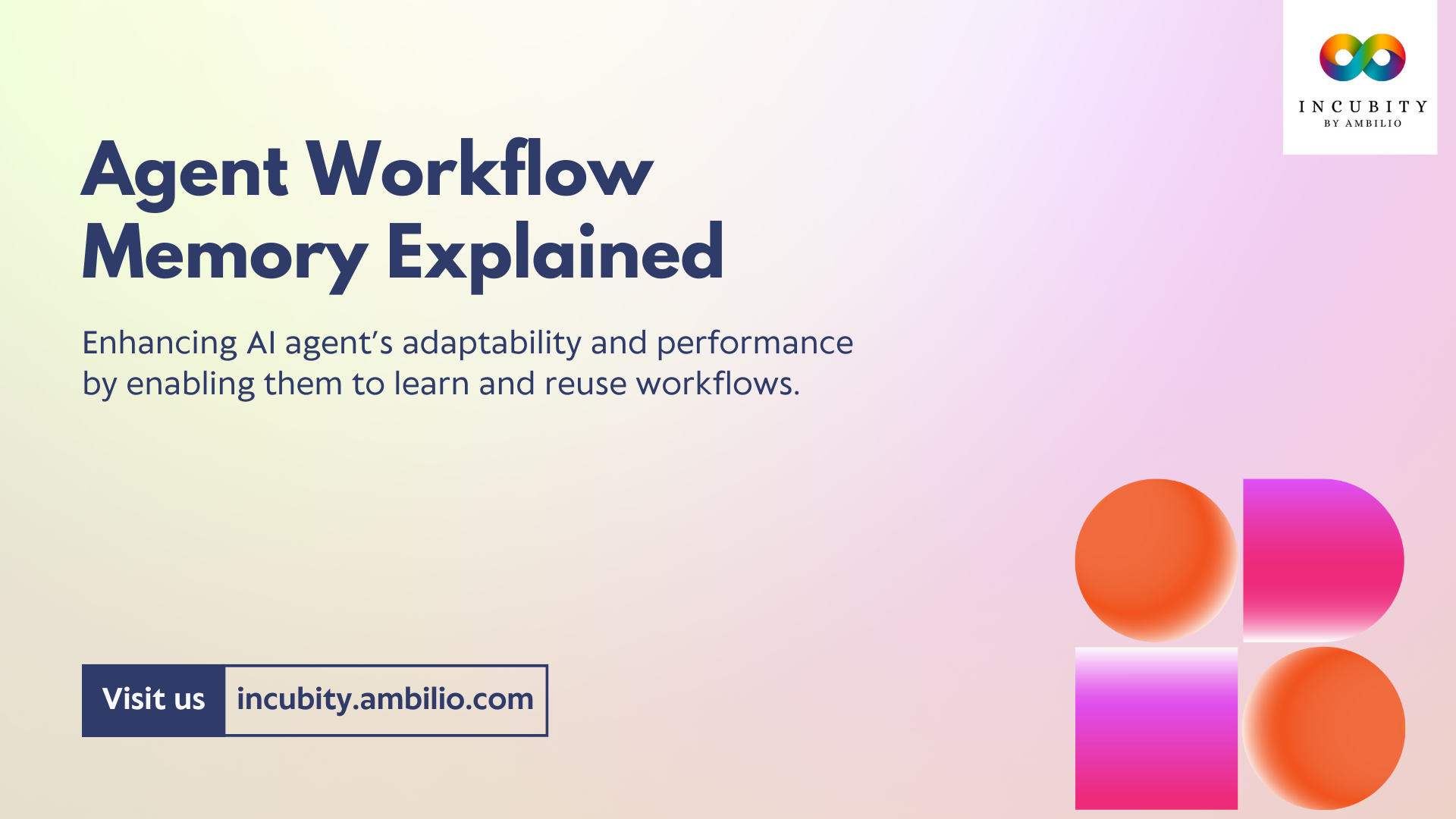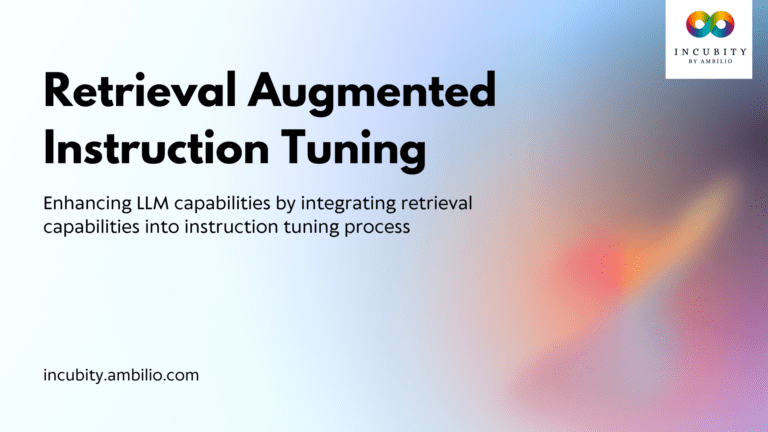Agent Workflow Memory is an innovative technique in artificial intelligence that enhances the adaptability and performance of language model-based agents. By enabling these agents to learn from past experiences and apply that knowledge to solve complex, long-horizon tasks, Agent Workflow Memory represents a significant step forward in creating more intelligent and capable AI systems. This article delves into the technical aspects of Agent Workflow Memory, its components, advantages, applications, and future potential.
What is Agent Workflow Memory?
Agent Workflow Memory (AWM) is designed to improve how AI agents perform tasks by allowing them to recognize and utilize workflows from previous experiences. These workflows are sequences of actions that agents have successfully executed, which can be reused to optimize performance in similar future tasks. This approach is analogous to human learning, where individuals abstract common routines and apply them in new contexts.
At its core, AWM facilitates a structured way for agents to remember and retrieve relevant past experiences, making them more effective at decision-making and problem-solving. By enhancing the cognitive capabilities of AI agents, this technique allows them to tackle increasingly complex challenges across various domains.
Key Components of Agent Workflow Memory


(Agent Workflow Memory Pipeline. Source)
1. Workflow Induction
Workflow induction is the foundational component of AWM. It involves extracting commonly reused routines—termed workflows—from the action trajectories of agents during their interactions with the environment. This process requires sophisticated analysis techniques to identify patterns in historical action sequences.
Through workflow induction, agents can recognize which sequences of actions led to successful outcomes in the past, enabling them to create a library of effective strategies. This is particularly useful for tasks that involve repetitive processes, such as customer support interactions or data retrieval operations.
2. Workflow Representation
Once workflows are induced, the next step is workflow representation. This phase focuses on structuring the identified workflows in a way that captures the essential skills and steps required to achieve specific goals.
Workflows are typically represented as a series of actions tied to particular objectives. For example, a workflow for navigating a website might include steps for searching, filtering results, and selecting relevant links. This representation allows agents to understand the relationship between actions and their contributions to task completion. It creates a clear roadmap that guides the agent’s behavior during similar tasks in the future.
3. Workflow Integration
The final component of Agent Workflow Memory is workflow integration. Induced workflows must be seamlessly incorporated into the agent’s memory system, allowing them to be referenced during future task-solving processes. This integration can occur in two primary ways:
- Pre-Training Integration: Workflows can be introduced into the agent’s memory during the training phase, allowing the agent to learn and practice using them before encountering real-world tasks.
- Dynamic Integration: Alternatively, workflows can be added on-the-fly as agents encounter new situations during task execution. This adaptability ensures that agents can continuously enhance their workflow library in response to changing environments and new challenges.
Technical Advantages of AWM
Agent Workflow Memory offers several compelling technical advantages that enhance the capabilities of AI agents:
1. Improved Performance Metrics
One of the most notable benefits of implementing AWM is its significant impact on performance metrics. For instance, agents that leverage this memory technique have demonstrated remarkable improvements in success rates on benchmarks like Mind2Web and WebArena. In these evaluations, performance increased by 24.6% and 51.1% respectively. Such enhancements indicate that agents equipped with workflow memory can execute tasks with greater accuracy and effectiveness than traditional models.
2. Reduction in Task Completion Steps
Agents utilizing Agent Workflow Memory often require fewer steps to successfully complete tasks. This efficiency is particularly evident in complex benchmarks like WebArena, where agents must navigate extensive datasets and problem-solving scenarios. By referencing previously learned workflows, agents can streamline their decision-making processes, reducing the number of unnecessary actions and improving overall task efficiency.
3. Robust Generalization Across Tasks
Agent Workflow Memory is designed to foster robust generalization capabilities. This means that agents can effectively apply knowledge gained from one task to a variety of new tasks and contexts. For example, in situations where the training and testing tasks differ, agents employing Agent Workflow Memory have outperformed baseline models by 8.9 to 14.0 absolute points. This capability allows agents to remain effective even when faced with novel challenges, enhancing their versatility and reliability.
4. Continual Learning and Adaptation
Agent Workflow Memory supports a continual learning framework, allowing agents to build on previously acquired workflows as they encounter new experiences. This “snowball effect” creates an evolving library of workflows that expand the agent’s capabilities over time. This aspect is crucial in dynamic environments where tasks and requirements frequently change, ensuring that agents remain relevant and effective without the need for extensive retraining.
Applications of Agent Workflow Memory
The potential applications of Agent Workflow Memory are extensive, spanning various domains and industries:
1. Web Navigation and Information Retrieval
One of the most promising applications of Agent Workflow Memory is in web navigation and information retrieval. The ability to efficiently navigate websites and retrieve relevant information can significantly enhance user experiences in online environments. With strong performance gains on benchmarks like Mind2Web and WebArena, AI agents can assist users in finding information quickly and accurately across diverse topics.
2. Task Automation in Business Processes
Agent Workflow Memory can be instrumental in automating complex multi-step tasks within business processes. For example, in customer service, AI agents can use learned workflows to handle inquiries, process orders, and manage follow-ups without human intervention. This level of automation not only improves efficiency but also allows human workers to focus on more strategic and creative tasks.
3. Personalized User Experiences
By inducing workflows that are tailored to individual users’ past interactions, AI agents can provide a more personalized experience. This capability is particularly valuable in sectors such as e-commerce, where understanding customer preferences can lead to improved recommendations and targeted marketing efforts. Personalization enhances user satisfaction and fosters brand loyalty.
4. Explainability in AI Systems
Agent Workflow Memory provides a structured way for agents to explain their reasoning and decision-making processes. This transparency is essential in building user trust and facilitating better human-agent collaboration. Users are more likely to engage with AI systems when they understand how decisions are made and can see the rationale behind specific actions.
Future Potential of Agent Workflow Memory
As AI technology continues to evolve, the future potential of Agent Workflow Memory is vast. The ongoing advancements in machine learning and natural language processing will further enhance the capabilities of agents equipped with this memory system. Future iterations may incorporate more sophisticated methods for workflow induction, representation, and integration, leading to even more intelligent and capable AI agents.
In addition, as organizations increasingly adopt AI systems across various sectors, the demand for adaptable and efficient solutions will grow. Agent Workflow Memory will play a crucial role in meeting this demand, providing businesses with the tools they need to streamline operations and enhance productivity.
Final Words
AWM represents a significant advancement in the realm of artificial intelligence, enhancing the cognitive capabilities of language model-based agents. By enabling agents to learn from experience and apply that knowledge to complex tasks, this technique improves performance, efficiency, and adaptability. As AI systems become more integrated into our daily lives, methods like AWM will be essential for creating intelligent solutions that can learn, adapt, and thrive in diverse environments. The journey of developing more advanced AI continues, with Agent Workflow Memory at the forefront of this evolution, paving the way for a future where AI systems are not only tools but intelligent partners in problem-solving.







